The organ, the harpsichord and the clavichord were examples of instruments that had a fixed output level in response to key presses. The actual full name of the piano (as called by its inventor) translated as harpsicord instrument capable of soft and loud. The hammer mechanism was quite a bit of technology for 1700. The mathematics of the acoustic piano are quite steep but the basics we’ve learned about so far are still in play…
The ELECTRIC PIANO
The electronic organs of the 20th century, particularly in the second half of the century, transitioned from the ‘tone wheels’ to transistors and eventually to integrated circuits and finally to audio samples. The electrification of the piano developed as electro-acoustic/electro-magnetic systems. Keyboards like the Wurlitzer EP200 and the FenderRhodes Suitcase73, even the Hohner Clavinet D6 (not technically a piano – more a “piano-like object”), and the mighty Yamaha CP70s and 80s, were all based on some form of electro-magnetic pickups that amplified the percussive key strike so that it could be made louder and heard through a sound system. These electro-magnetic systems worked with a piano-like action, that is, the same arrangement of keys as the pipe organ and acoustic piano, with a soft-loud dynamic as found in the piano. You were either amplifying a ‘reed’ that was struck, a tone bar (tine) that was struck, or a short gauge wire string system that was struck – in all cases a hammer action, loosely based on a piano-type action, was used to translate input effort (pounds-per-square inch) into output volume (deciBels). Therefore, none of these were technically “synthesizers”. They are all semi-acoustic to a degree, because a microphone type pickup system was used to amplify the sound – more akin to what happens with the electric guitar. The tones in all cases were generated in the acoustic/mechanical realm.
Pure electronic electric pianos did come along during this same period but they some how were not as compelling when looking back. It seems the timbres of the electro-mechanical instruments dominated and clearly each had its own appeal. And that is a good thing. It is what make them survive. So it was not about how close they came to being an actual acoustic piano, it was that they could funcition musically as a substitute for a piano. And in many cases their timbre was clearly apart of the appeal within the music and the genres that was quickly adopting electricity..
Some fun History
The Wurlitzer (reed type) electric piano was made (historically) popular in the controversial smash hit record by Ray Charles (1959… “What’d I Say?”). This may not have been the first time it was used but certainly this was the first BIG HIT!!! Today, listening to that song it barely would raise an eyebrow, but in 1959 that was as X-rated and controversial as a recording dared to be. That being said, “Brother Ray” often used an electric piano for a reason we all can relate to as piano players; He did not want to be at the mercy of an out-of-tune piano when he arrived at a venue… so he brought along his own! The Wurlitzer did not sound like an acoustic piano, it had its own distinctive tone, its own timbre, and although we list it as velocity sensitive (dynamic), the soft-to-loud differential was extremely narrow in the real thing. But it appealed to piano players because of its portability and playability… plus you could turn it UP!!! It remained basically in tune despite moving – however, eventually you did have to tune it (and that is story we will leave for when we are discussing: things you don’t want to have to do). The electrified sound also blended quite well with electric bass and electric guitars also becoming more and more popular in commercial music genres.
Happening at around the same time as the Wurlitzer electric piano, Harold Rhodes invented the Rhodes electric piano out of spare parts for airplanes. It had a mellow tone. The popularity of the vibraphone in both jazz and Latin jazz in the mid to late 1950’s made the Rhodes tonal quality somewhat familiar, warm and welcoming. Not as squared as the Wurli sound, the Rhodes tone quickly became widely accepted (in part, thanks to electric jazz fusion and R&B which adopted the instrument from it’s very beginning). When people referred to jazz giant Miles Davis’ music as being “electric”, mainly they were referring to the electrification of the piano… Mssr. Hancock, Corea, Zawinul, et al, ensured the place of the Rhodes in Fusion music. Miles recorded “In a Silent Way” and “Bitches’ Brew” back in 1968 and 1969. It quickly became a staple in R&B and pop recordings. And was traveling to gigs with keyboard players everywhere. Donny Hathaway, Earth, Wind and Fire, Billy Joel, etc., etc. by the early 70’s it was everywhere!
The Hohner Clavinet, I’ve been told, was originally intended to appeal to “serious” classical musicians as a portable harpsichord/clavichord – the inventor was none-to-happy about its iconic success in R&B and Funk music. Again, the soft-to-loud dynamics were minimal but the short, staccato plucky/plunky sound of the Clavinet became a staple of R&B and Funk bands throughout the 1970’s. Let’s all hail Steveland Morris (aka Stevie Wonder) for writing this timbre into history with his “Superstition” hit. Billy Preston, Herbie Hancock and Herschel Happiness were known masters of the Clavinet funk style of playing. It functioned as a counter-weight to the rhythm guitar in this style of music (it was often found panned to the opposite side of the mix from the rhythm guitar as both functions as rhythmic chordal harmony).
Halfway through the 1970’s Yamaha weighed in (pun intended) with the 200+ pound CP70 and 80… basically a baby grand piano with electro-magnetic pickups instead of a soundboard. It broke down into two sections – you, and several band members, could hump it in and out of the band’s van. But it was for all intents and purposes, as close as you could dream about when traveling with a piano – short of getting professional movers! You did not have to turn it on to hear it, much like you do not have to plug an electric guitar into an amp to hear it (it just sounds much better when you do)… the short gauge strings tuned exactly like your acoustic piano – and they held their tuning fairly well, if you were very careful when moving it. You learned to tweak the tuning before gigs, as necessary. All the top touring rock bands were using the CP70 (76-keys), and later the CP80 (88-keys) – Toto, Journey, Pink Floyd are notables… its sound was closer to an acoustic piano but it clearly was not an acoustic piano… the introduction to Toto’s “Hold the Line” proved it could be used in the studio as well as on stage and function as a piano.
Sample This…
By the early 1980’s sample playback technology was introduced, and it was at that time you found the first synthesizers capable of reproducing a useable acoustic piano sound. Analog synthesizers are fully capable of recreating a piano-like timbre, but most self-contained analog synthesizers did not have enough complexity to the signal path to accurately mimic it well. In fact, most were not even velocity sensitive. It does require more components than you got standard from most analog synthesizers. It is not that analog synths cannot do an emulation of an acoustic piano – it was a matter of the feasibility considering the amount of modular components (hardware) to begin to get close. The typical commerically available (affordable) analog synths featured a single Filter EG and Amplitude EG through which all the oscillators travelled. The more complex the sound you are trying to emulate the more separate envelope generators you find desirable. Sample playback synthesizers were velocity sensitive and could adjust the timbre by switching to different sample sets to reflect the change in character of a piano struck with greater effort. Multiple oscillators, each with its own filter and amplifier systems meant much more detail could be coaxed from the audio results. Things like resonances and key off noises could be addressed, as necessary.
While the Wurlizter, the Rhodes, the Clavinet, the CP70/80 would not fool anyone into thinking that you were hearing an actual 9 foot concert grand acoustic piano, their charm was in their unique musical timbres. You did not find people recording solo albums on these keyboards, probably because they were designed to specifically “play a role” within a band or small ensemble. All, but the Clavinet, were designed to be ensemble instruments. And blend well within ensembles, they did! The popular music of the era is reflected in the use of these iconic instruments and their real time interfaces.
And while the Yamaha CP70 and 80 came very close, arguably as close as anything during this time, to being an acoustic piano that could be moved by your average “weekend warrior” band to the local bar gig! But you’d be hard pressed to find anyone recording a solo piano album on this emulation. The sound was popular enough to be selected as one of the 8 keyboard sounds that are represented in the KEYBOARD Category of GM. (General MIDI was a selection of 128 most often used instrument sounds, selected by committe. Basically, 16 Categories, each containing 8 sounds. In the KEYBOARD Category you have: 1-Acoustic Piano (Classical/Jazz), 2-Bright Piano (Rock), 3-CP EPiano, 4-Honky Tonk, 5-Tine (Rhodes) EPiano, 6-Digital (DX-FM) EPiano, 7-Harpsichord, and 8-Clavinet
Sample playback was a major step forward in the emulation of complex sounds like the piano – particularly important because it was able to do it (eventually) at an affordable price. Instead of using voltage as a control source for the oscillator tone, a digital recording of the actual instrument was used as the tone source. Velocity was able to be assigned to control not only how loud (amplitude) but how bright (filter) and even add pitch movement (oscillator).
Yamaha introduced the first available synth based on complex mathematical Physical Modeling techniques in the early 1990’s – in a tangential project to developing digital signal processing (DSP) Effects – the Yamaha VL1 became the first commercially available synthesizer based on true number-crunching Physical Modeling technology. It was designed to accurately recreate air molecules vibrating in a column (wind instruments) and the math of a bowed string. VA/S (Virtual Acoustic Self-Oscillating) technology was a major advance because now instead of using voltage control as sound source or using digital samples, the tone was generated in whole by the system. It was calculated based on real time interaction with the player. At the same time Yamaha was developing another Virtual Acoustic system based on a Forced Excitation system, the VP1. It was based on a model of a plucked string in motion. Later in the 1990’s also developed as a side project to digital effect processing, Yamaha introduced several (10) modeling techniques in the critically acclaimed EX5. Among these 10 modeling techniques were two physical modeling algorithms of what happens in an Electro-magnetic pickup.
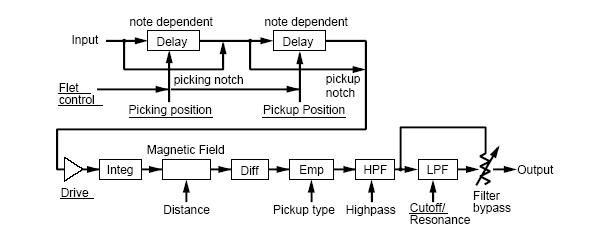 One was an Electric Guitar Pickup (above) and the other (significantly) was an Electric Piano Pickup (below). These were part of the FDSP (Formulated Digital Sound Processing) algorithms in the EX5. When introduced they allowed complex processing and hyper-realism in the recreation of these (electro-magnetic) microphone-type elements (at the time of the EX5 polyphony of these modeling engines was a challenge… only 16 notes could be processed at one time – while fine for the electric guitar pickup emulation where 6 notes was typically enough. The character of this modeled ‘pickup’ added a kind of authenticity that was truly uncanny. Modeling of this type recreates the details so “behavior” is mimicked on an extremely high level.
One was an Electric Guitar Pickup (above) and the other (significantly) was an Electric Piano Pickup (below). These were part of the FDSP (Formulated Digital Sound Processing) algorithms in the EX5. When introduced they allowed complex processing and hyper-realism in the recreation of these (electro-magnetic) microphone-type elements (at the time of the EX5 polyphony of these modeling engines was a challenge… only 16 notes could be processed at one time – while fine for the electric guitar pickup emulation where 6 notes was typically enough. The character of this modeled ‘pickup’ added a kind of authenticity that was truly uncanny. Modeling of this type recreates the details so “behavior” is mimicked on an extremely high level.
 Back To the Future
Back To the Future
Yamaha revisited some of this innovative technology with the introduction of the CP1 (CP5/50, CP4/40, and refaceCP) where Spectral Component Modeling (SCM) takes this electro-magnetic modeling to the next level. SCM uses some of the sound synthesis technology that started within the FDSP engine – gone are the limitation on the polyphony and added were the add-on DSP effect processing that was the original intent of the project. So in this new technology, Yamaha is using the spectral analysis of waveforms generated by the modeled instrument to build the vintage piano sounds.
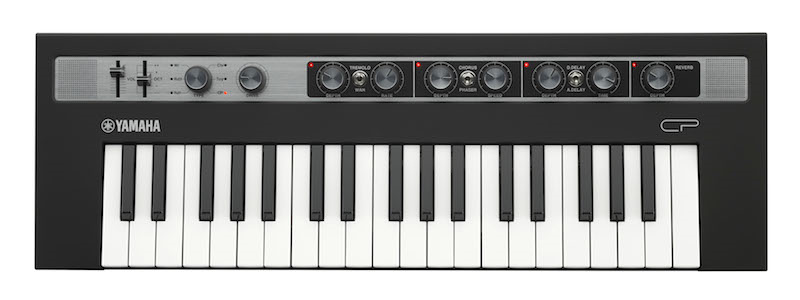
The “RdI” and “RdII” models of the tine system, the “Wr” model of the reed based system, and the hammered string system of the “CP70/80” have all been accurately modeled. Add to this a killer Clav and an addictive Toy Piano and you have a van full of 20th Century electronic piano history!!! Owning any of these vintage keyboards meant you had an instrument that basically made its own distinct sound. Each did one thing really, really well. Each was a specialist. You added separate stomp-box type effects to vary the sound and make your own individual statement: Choruses, Flangers, Digital and Analog Tape Delays, Wah pedals, etc., etc.
The VCM or Yamaha Virtual Circuitry Modeling, is responsible for these uncannily accurate effects that take you back to an era where you and your effects made YOUR SOUND.
In our next installment in our SYNTH BASICS series we’ll take a look at customizing Piano sounds using your synthesizers technology.
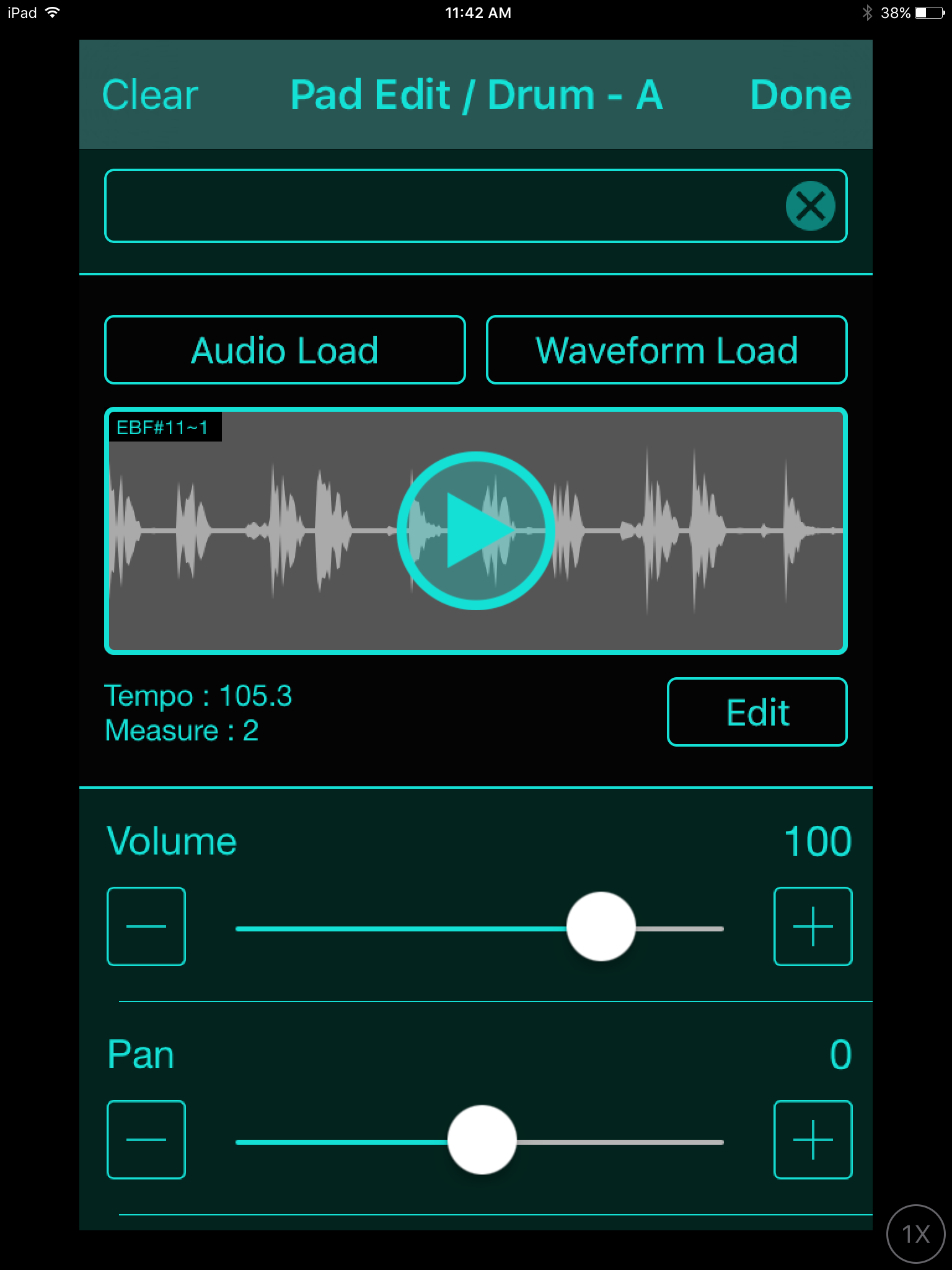
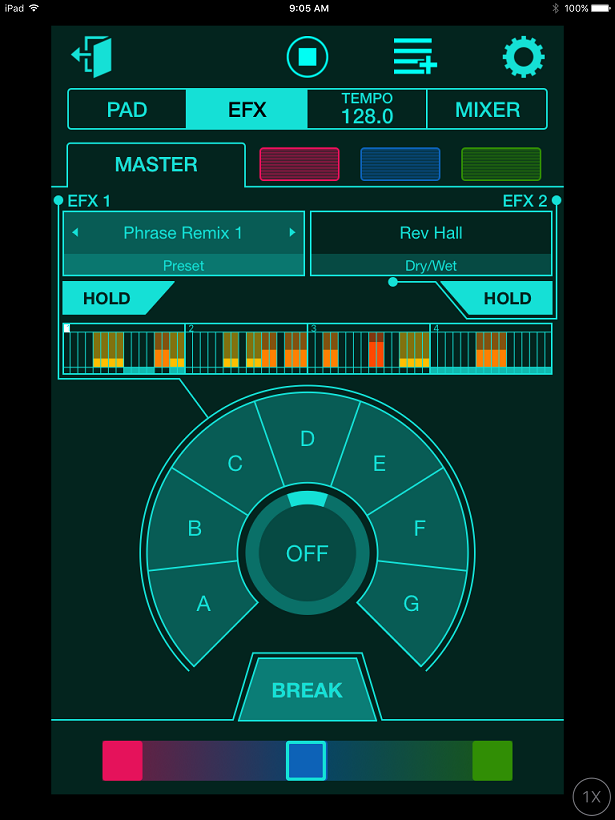 EFFECT TYPES:
EFFECT TYPES: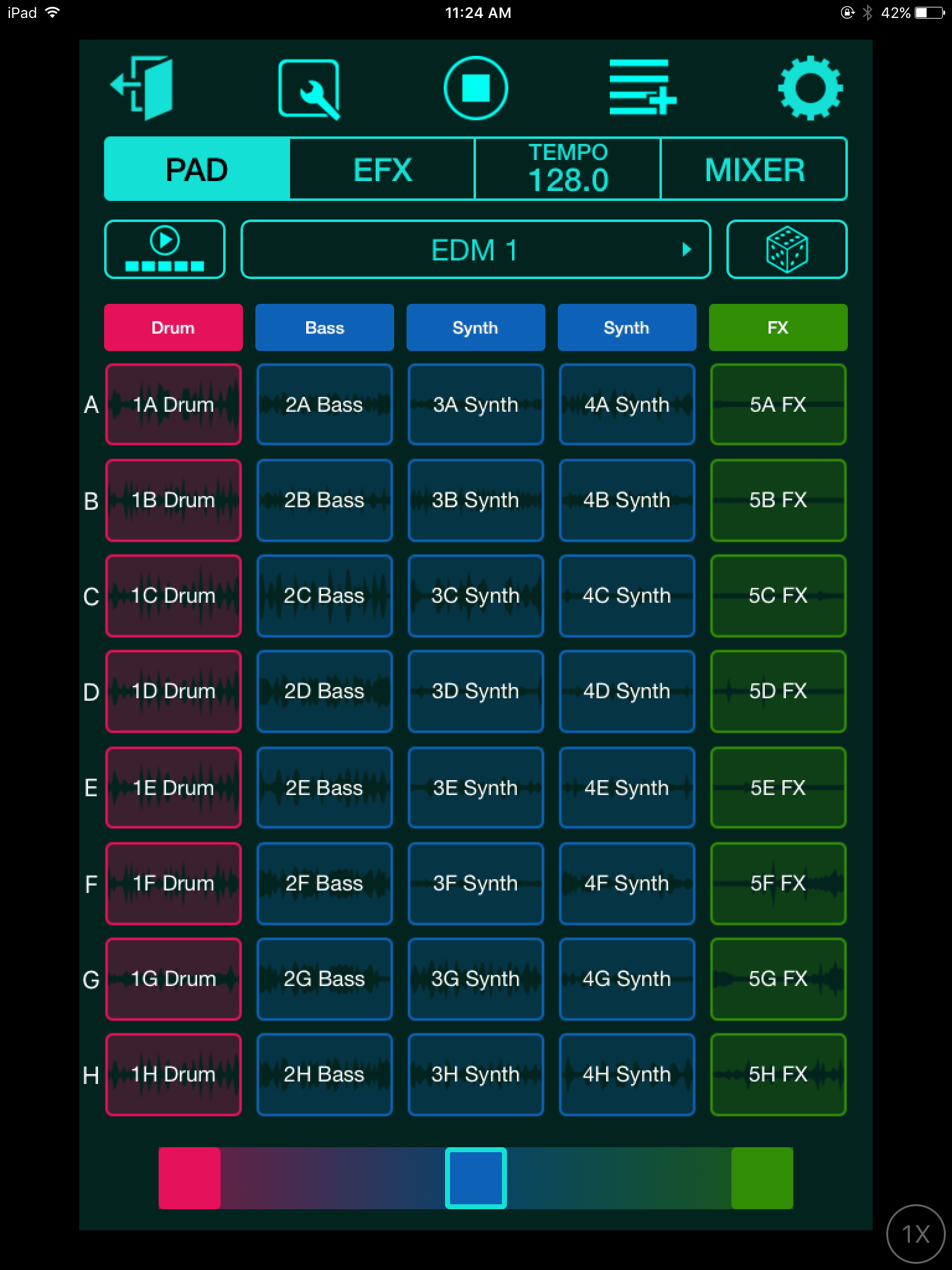
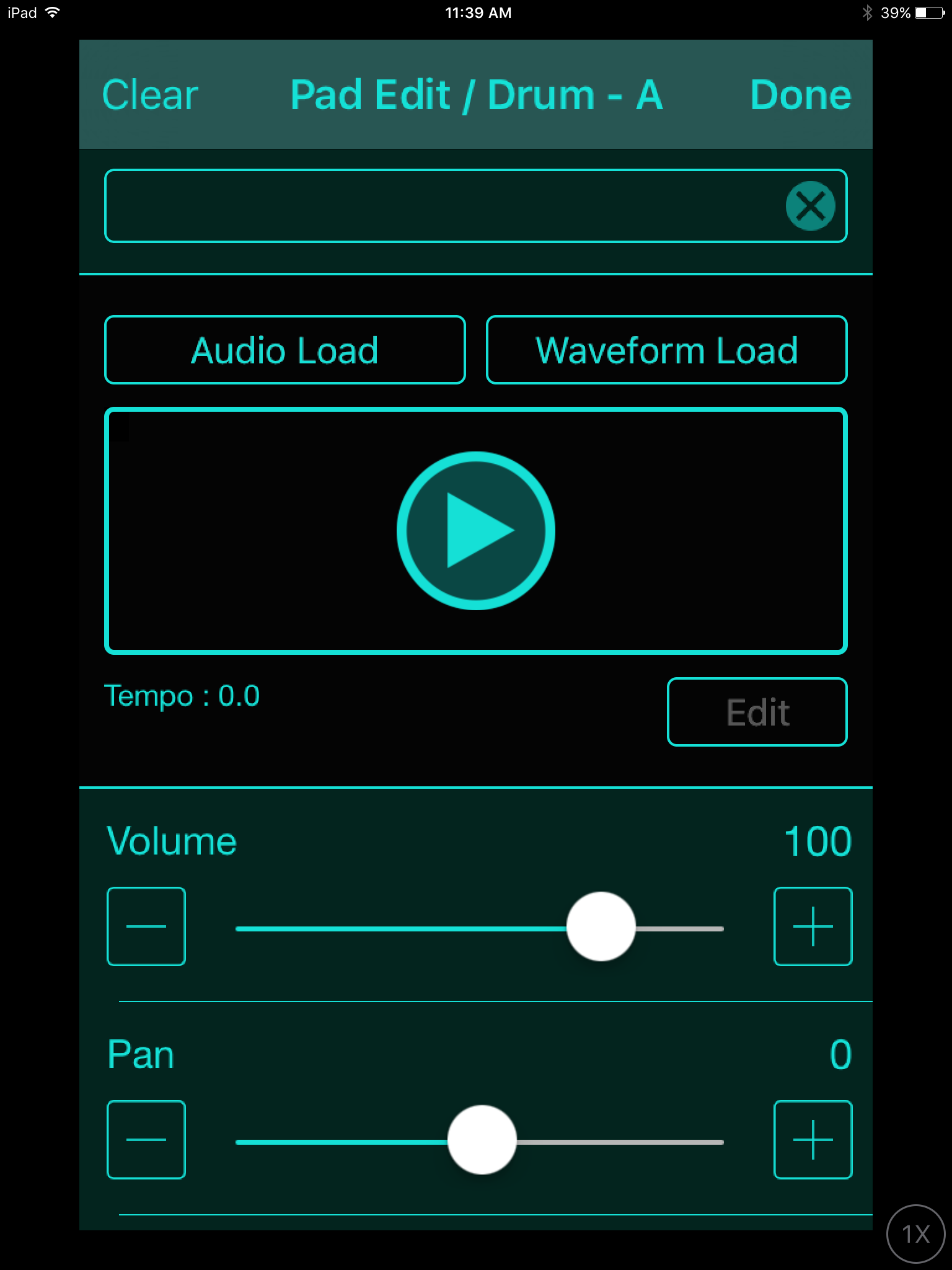
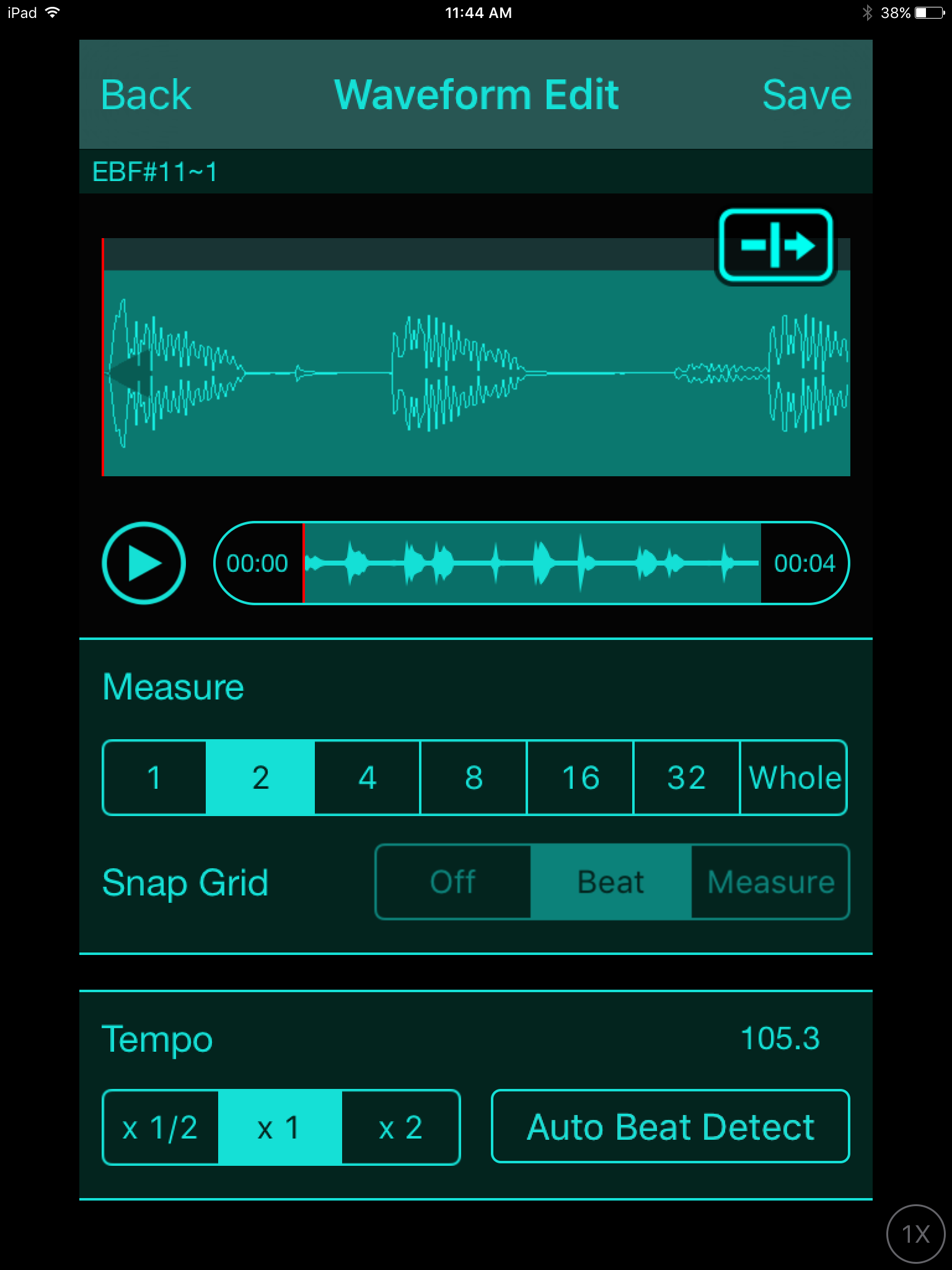
 One was an Electric Guitar Pickup (above) and the other (significantly) was an Electric Piano Pickup (below). These were part of the FDSP (Formulated Digital Sound Processing) algorithms in the EX5. When introduced they allowed complex processing and hyper-realism in the recreation of these (electro-magnetic) microphone-type elements (at the time of the EX5 polyphony of these modeling engines was a challenge… only 16 notes could be processed at one time – while fine for the electric guitar pickup emulation where 6 notes was typically enough. The character of this modeled ‘pickup’ added a kind of authenticity that was truly uncanny. Modeling of this type recreates the details so “behavior” is mimicked on an extremely high level.
One was an Electric Guitar Pickup (above) and the other (significantly) was an Electric Piano Pickup (below). These were part of the FDSP (Formulated Digital Sound Processing) algorithms in the EX5. When introduced they allowed complex processing and hyper-realism in the recreation of these (electro-magnetic) microphone-type elements (at the time of the EX5 polyphony of these modeling engines was a challenge… only 16 notes could be processed at one time – while fine for the electric guitar pickup emulation where 6 notes was typically enough. The character of this modeled ‘pickup’ added a kind of authenticity that was truly uncanny. Modeling of this type recreates the details so “behavior” is mimicked on an extremely high level.
